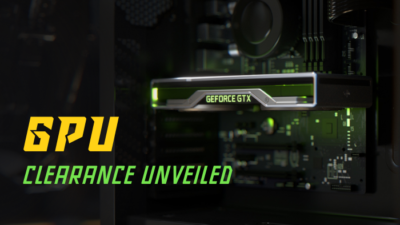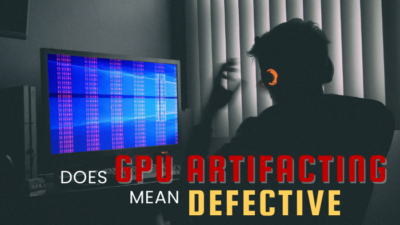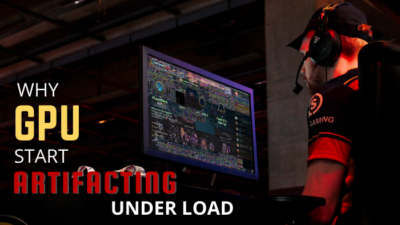Whether building a new rig or rooting for a prebuild or a laptop, ‘Discrete GPU’, ‘dGPU’, or ‘Dedicated Graphics’ is the one specification that people often stumble upon. And the price discrepancy is significant, in contrast to a unit missing the Discrete GPU.
So, what is it, then? Why is there so much fuss about this thing?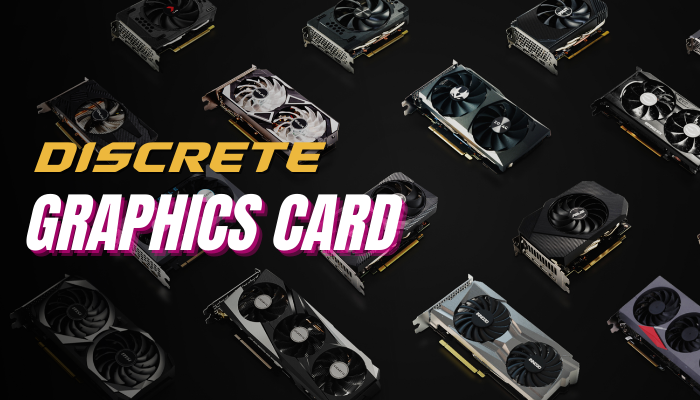
This write-up is a teeny-weeny endeavor to answer all the questions. Let’s have a look.
What is a Discrete Graphics Card?
The discreet graphics card is a dedicated hardware to execute all the graphical computations and instructions from simple and static UI elements to complex 3D rendering such as games, visual effects, etcetera.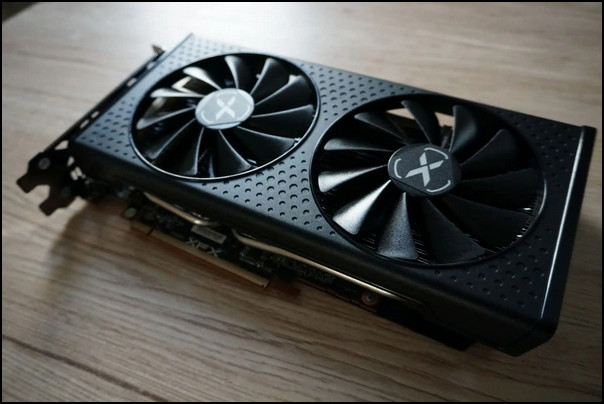
You know, the GPU itself is kind of a stand-alone computer. The kind that only handles graphical workloads. I know it sounds a bit peculiar, but let me explain.
See, a discrete graphics card has a Processing Unit (GPU core) and Video Random Access Memory (VRAM), just like a computer. Not to mention the PCB, which acts as the motherboard holding these components together. And the entire assembly has its own power delivery system. Hence, the 8,6, and 12-pin auxiliary power ports.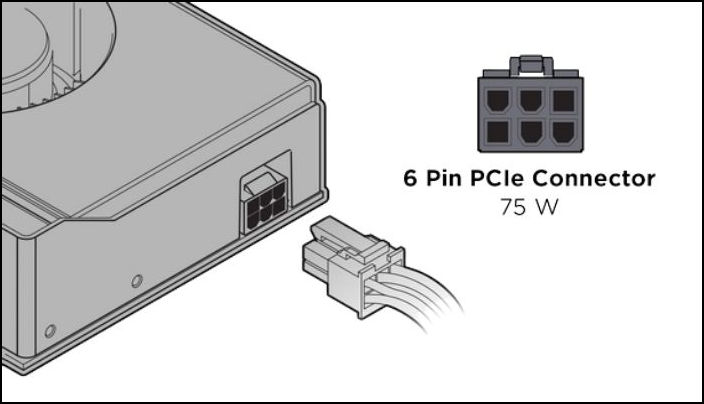 All of this comes in a package. Sort of an add-in component, to be precise. Slap it on the motherboard’s PCIe x16 slot, and boom; It will communicate with the Central Processing Unit (CPU) through the PCIe lanes.
All of this comes in a package. Sort of an add-in component, to be precise. Slap it on the motherboard’s PCIe x16 slot, and boom; It will communicate with the Central Processing Unit (CPU) through the PCIe lanes.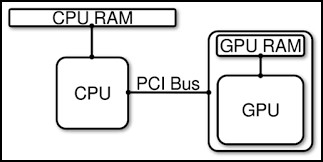
When you have a dGPU installed, the CPU transfers all its visual elements to the graphics core to render. In the process, the VRAM holds all the instructions, such as vectors, textures, shaders, shadows, object models, some particle effects, etc., and then sends them to the graphics processing unit.
Luckily, VRAM is much faster than conventional RAM, offering enormous bandwidth. As a result, this operation completes within milliseconds. Thus, we see the spontaneous video output on the computer’s monitor.
Leaving all the theoretical words, think about a shoe factory where a dedicated team only produces the outsole. Just like your computer as a whole and the discrete graphics card to render the imagery, video, and 3D world.
Discrete GPU: Does It Even Matter?
Yes, a discrete GPU matters if you are into gaming, content creation, or any sort of 3D operations. And no surprise, a dedicated graphics card is worth its weight in gold in these tasks.
Visual effects and fast-paced rendering in games, productivity software like Blender, Unity, Maya, and others thrive on discrete graphics hardware.
As it turns out, there has also been software-based rendering, such as x264. But no software solution can replicate 3D acceleration as effectively as a GPU, nevertheless.
For example, when you try to render the blender BMW scene on a discrete GPU and a CPU. The render time using the dedicated graphics core will come out light years ahead!
To buy you some time, I’ve taken the liberty and tested it by myself. Pay attention to the benchmark below: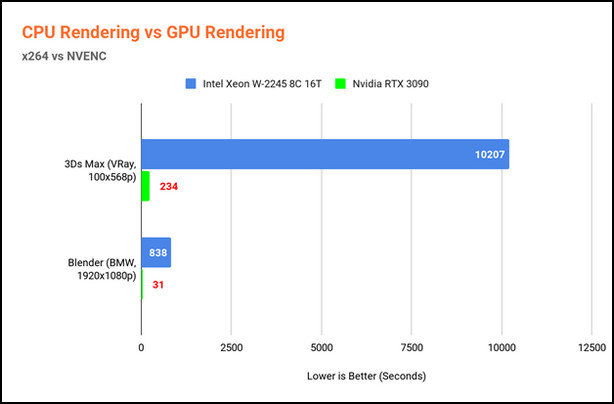
The results just speak for themselves. In terms of 3D renders, the CPU is no match for a GPU.
Now, you come at me saying high-core count CPUs like the i9 13900K or the Ryzen 9 7950X will be much faster. Which they are comparing to an 8-core 16 threads Xeon CPU. But in the end, these CPUs will still end up losing to a last-generation GPU.
So yeah, discrete GPU matters where it is necessary.
Discrete GPU, huh? Any Better Than the Integrated GPU?
If you are looking up discrete GPU, I can bet you’ve already come across the term iGPU, right?
As you can guess, iGPU stands for Integrated Graphics Processing Unit. Evidently, it’s also it’s a graphics unit.
But what’s the difference between an iGPU and a discrete GPU?
In short, iGPU is a part of the central processing unit (CPU) dedicated to handling graphics instructions in the absence of a dedicated graphics card. It’s packed in the same CPU die.
So you get the idea why it is called integrated GPU, right?
Now, it may sound cringe, but you can think of iGPU as a parasite living off of the host. Just like, the integrated graphics draw power from within the CPU to operate. Unlike a dedicated video card, you can not replace iGPU.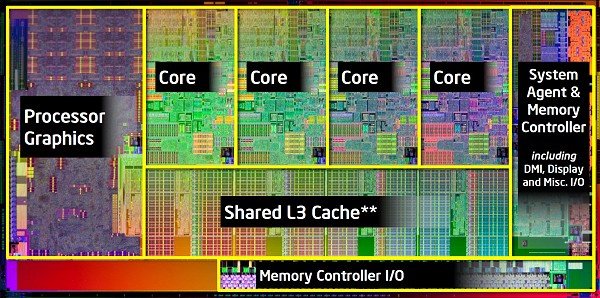 The iGPU, A.K.A onboard graphics, basically, requires way less power than a discrete graphics card. Owing to the fact that it is not meant for heavy lifting. Rather basic tasks such as video playback, web browsing, etc. Or maybe a wee bit of gaming, turning down the graphical fidelity.
The iGPU, A.K.A onboard graphics, basically, requires way less power than a discrete graphics card. Owing to the fact that it is not meant for heavy lifting. Rather basic tasks such as video playback, web browsing, etc. Or maybe a wee bit of gaming, turning down the graphical fidelity.
On paper specs, comparing an iGPU and a dGPU is nothing short of amusement. It’ll give a clear idea of why you should not expect too much from the integrated graphics.
That said, newer generation of iGPUs has gotten impressively good. Sometimes they can surpass entry-level discrete GPUs in gaming and other works. For instance, the Radeon 680M iGPU can easily go head-to-head against the GTX 1050ti. FYI, this awesome iGPU comes with the Ryzen 6000 series mobile processors on laptops.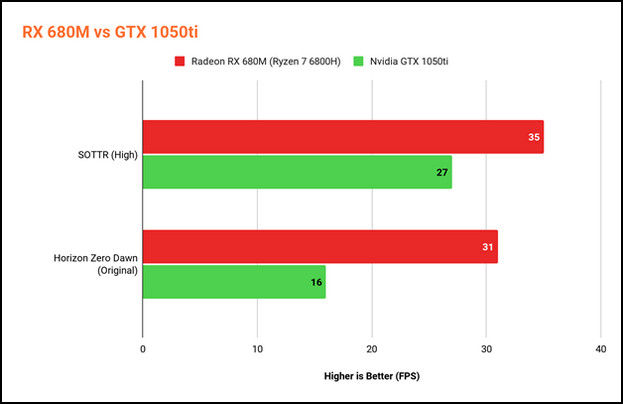 For a better perspective, let’s look at the specification of the entry-level discrete Radeon RX 6400 and integrated Radeon 680M iGPU. Both are built on RDNA 2 architecture. But the desktop card still yields a better computing performance.
For a better perspective, let’s look at the specification of the entry-level discrete Radeon RX 6400 and integrated Radeon 680M iGPU. Both are built on RDNA 2 architecture. But the desktop card still yields a better computing performance.
| Specifications | Radeon RX 6400 | Radeon 680M iGPU |
|---|---|---|
| Compute Performance | FP32: 3.379 TFLOPS | FP32: 3.57 TFLOPS |
| Compute Units | 12 | 12 |
| ROPs | 32 | 32 |
| Texture Units | 48 | 48 |
| Cores | 768 | 768 |
| Clock Speed | Boosts up to 2321 Mhz | 2200Mhz |
| Memory Type | GDDR6 | N/A |
| Memory Bandwidth | 128GB/s | System Dependent |
| VRAM | 4GB | Shared |
| Type | Discrete | Integrated |
| Architecture | RDNA 2 | RDNA 2 |
| TDP | 53W | 50W (Maximum) |
See, across the board, the RX 6400 performs 5% better. Besides, the margin will be even greater for RX 680M with a limited power profile.
On an additional note, laptops also come with discrete GPUs. They boast two chips instead of one SOC. One is for central processing, and the other is a dedicated graphics core.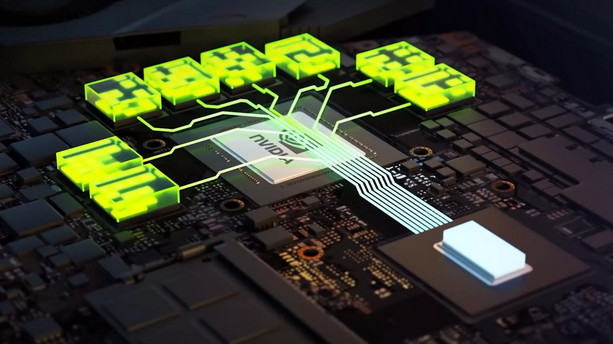
Should I Buy a Dedicated Graphics Card, Though?
On the question of buying a discrete GPU, should you really go for one? Well, it depends on what you do with your computer.
See, for regular tasks such as web browsing, streaming movies, and office work; the integrated GPU is more than enough. iGPU solution will suffice even for some light and casual gaming.
Coming back to where discrete GPU is due, you already know it by now. Yes, any sort of 3D task will thrive on a dedicated graphics card. It’s simply uncontested. So, even for a non a gamer, video cards are handy.
Though, specific applications can take advantage of the iGPU along with the graphics card. Take Premiere Pro, for example. If you turn on Intel Quick Sync (QSV) technology, which utilizes the iGPU encoder, the export time will be significantly faster. And that’s with an additional graphics card.
Needless to say, you can turn on iGPU or GPU acceleration in Adobe After Effects as well.
So yeah, choose as your workflow demands. If you are a gamer or a professional creator, a discrete graphics card is mandatory. Some CPUs, however, don’t come with iGPU, such as AM4 Ryzen. So you will need a dGPU to see anything on the screen.
Ending Remarks
So that’s all about a discrete graphics card. Hope you have acquired rudimentary knowledge of this essential component of a PC. Shop or build a computer and decide when you need one for yourself or your friends.
Have a nice day!

